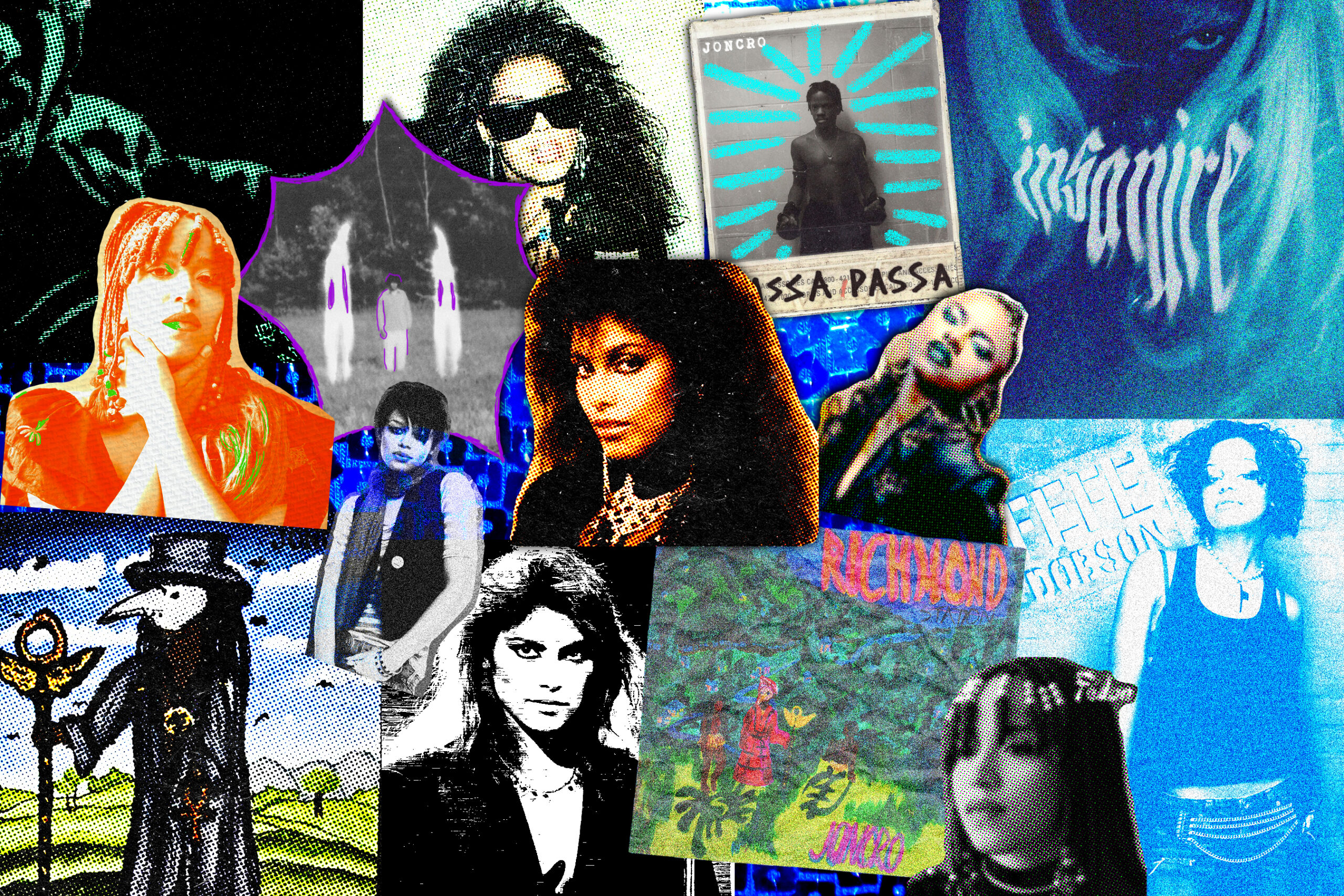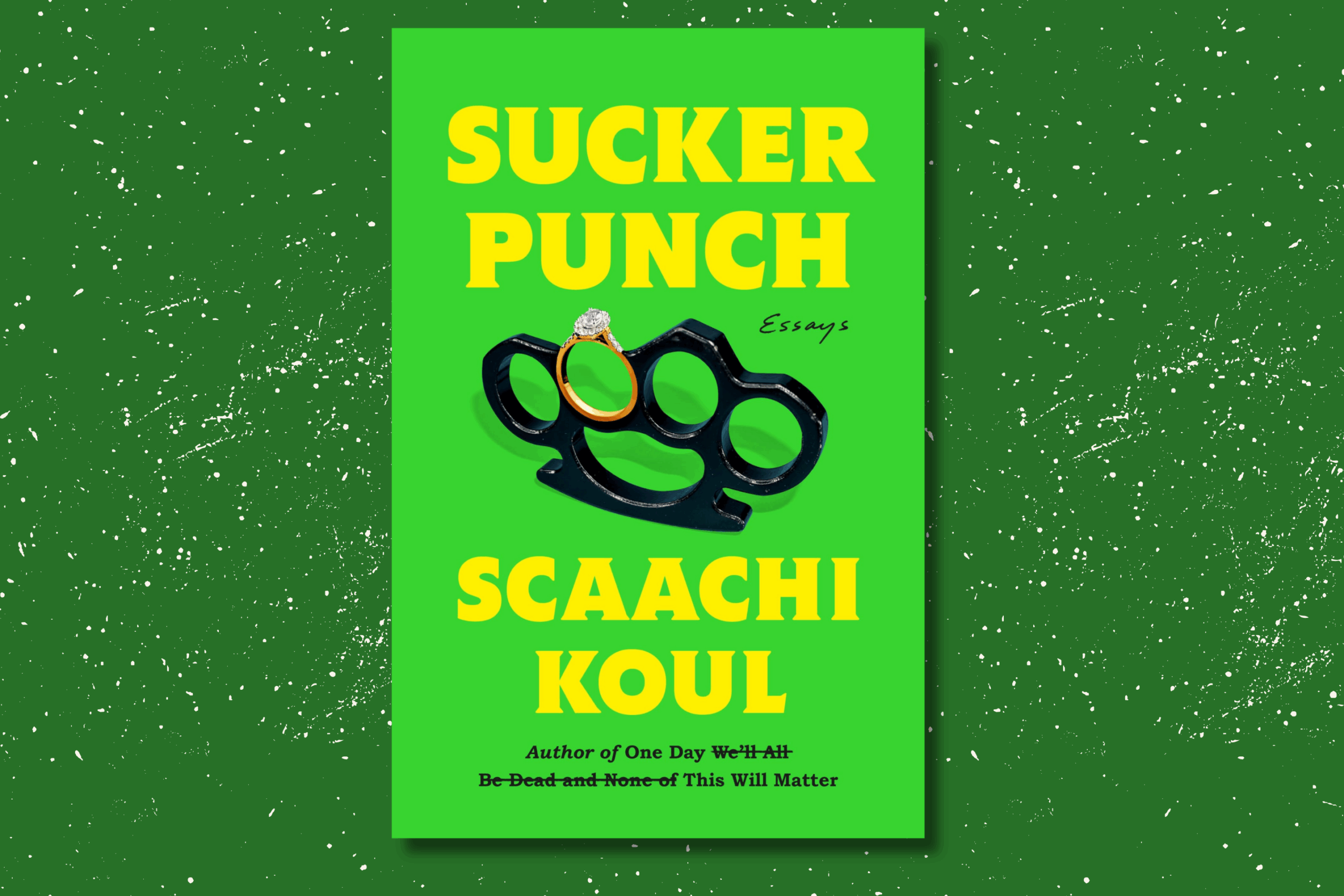Ryerson photography students are adapting their practice to the pandemic’s restrictions, capturing and chronicling the ebbs and flows of the omnipresent pandemic.
By: Justina Kewal
When the novel coronavirus unfurled, life came to a standstill — schools and daycares closed, non-essential businesses shut down and large social gatherings were banned. As many continue to question when life will return to normal, three talented Ryerson photography students invite us to look at how they have been able to create poignant photographs while adhering to social distancing protocols.
Yarden Haddi, a fourth-year photography student, started a personal project in April to document how restrictions have changed social spaces and what this new reality means for many Canadians. In his COVID – 19 Project, Haddi captured what are usually the busiest and most populated spots in downtown Toronto, including Scotiabank Arena and Union Station.
“I waited for one person to walk through the frame to show you how these spaces changed during peak hours,” said Haddi.
Suit walks in solitude in an empty downtown corridor under Yonge Street in the PATH. (Photos Credits/Yarden Haddi/March 17, 2020)
Prior to the outbreak, the settings chronicled in Haddi’s images were lively, filled with both locals going to work and tourists exploring the most vibrant parts of downtown. Now, these busy locations are bare, representing the drastic changes resulting from COVID-19.
Haddi also notes that he hoped to capture the dynamics of closeness, family, and friends in a photo at Trinity Bellwoods Park: “Psychologically people are happier around their friends and family.”
Large crowds gathered at Trinity Bellwoods Park (Photo Credits/Yarden Haddi)
Although people were still trying to adjust to physical distancing at the time, Haddi recognizes that the negligence of protocol from these larger crowds represents our inherent need for closeness in a divided world, contrasting the desolate spaces from the winter imagery.
When asked what major challenges photography students have had to overcome, Haddi says that it is harder to do studio work since everything must now be done manually.
“Everything is done completely by film. The film has to be developed downtown, I have to book a scanner at Ryerson and the entire process takes twice as long.”
Client work in the studio has also been impacted, with photographers now having to keep a delicate balance between cleaning your hands, wearing a mask, and keeping interactions short.
However, Haddi expresses that great challenges inspire great work. “It forces people to change their processes and ways to capture things.”
“It has highlighted a part of society we don’t think about like the poverty line, nurses and healthcare workers. Obviously, times are tough, but you just have to keep your head up.”
You can view more of Haddi’s photos and projects here.
For Victor Rusu, a second-year photography student with a background in fashion, a major change he’s noticed from the pandemic is the transition of working at home, in school and in the studio to now working on the streets. With limited access to galleries and school studios, the streets have become most accessible, with its natural backdrops and architecture.
Rusu has been able to cover varying demonstrations happening downtown, including the Black Lives Matter rallies and protests against Hudson’s Bay use of selling fur coats.
Protesters protesting Black Lives Matter in Downtown Toronto (Photo Credits/Victor Rusu)
Demonstrators protesting Hudson’s Bay use of selling fur coats near Yonge and Dundas, Downtown Toronto
(Photo Credits/Victor Rusu)
However, when it comes to adhering to social distancing, there is little uniformity in how people protect themselves. Rusu notes that you can see this in the protests where many will wear face masks around their chin as opposed to around their mouth.
But like many photographers, Rusu believes that being able to capture the raw emotions regardless of whether they are positive or negative, is essential in showing how people are adapting to these circumstances.
“We always challenge ourselves to go out, because we know we need to keep working on telling stories and we can’t let COVID hinder us in doing so,” said Rusu.
In contrast, Rusu explains how the precautions are quite different when working with models. He says wearing masks is necessary because you have to be close to the models when working on fashion pieces, accessories and arranging clothes.
Fashion in a Time of COVID’ was conceptualized when the mandatory PPE bylaw was put into effect in Toronto on July 7th, 2020. The idea of PPE as a fashionable accessory paved the way for this COVID-themed, futuristic looking series of images.” (Photo Credits/Victor Rusu)
While these safety precautions have challenged the definition of normalcy, photographers have still been finding creative ways to use their cameras to document this moment in time. When the mandatory PPE bylaw was put into effect in Toronto, for example, it inspired Rusu to capture this COVID-themed shoot.
But as a photographer and a student, Rusu also explains that the biggest challenge throughout the pandemic has been accessibility. He says that because hours have been changing in camera stores, the time it takes to drop off film, get it developed, and do test prints has increased significantly.
“The process is very limited, and often times the hours of the printing lab conflict with lecture hours.”
However, Rusu still believes that acclimating to these changes “puts people who are passionate about photography further into their craft, into exploring the possibilities of what you can do with photography.”
When presented with the challenge to stay two metres apart from your subject at all times, he says, “You have to think about the different angles, lighting conditions, and various perspectives that can alter the story.”
“The people that like what they do, they’re not gonna stop, they’re just gonna keep adapting.”
You can view more of Victor’s photos and projects here
With a strong interest in street photography, second-year photography student, Ammar Bowaihl describes how he recognized COVID -19 as a historical moment he would not be able to witness again.
“I wanted to look at how the photos I was taking would age in 20 or 40 years, and how I would look back and reflect on this time,” said Bowaihl.
But rather than focusing on bringing the dynamics of family and friends, Bowaihl took a different approach.
“COVID-19 opened new doors for us and I wanted to document what that new normal was,” said Bowaihl. His photography aims to depict the beauty of how people are adapting to new social dynamics by capturing the first interaction he saw of two people wearing masks on the TTC.
While COVID-19 invoked feelings of living in an apocalyptic world and heightened emotions of fear and anxiety, Bowaihl found that there were still other issues that should not be silenced. He brought this to the forefront upon documenting the #ENDSARS protest in Toronto.
“I felt like the message the Nigerian people were trying to deliver against police brutality was really important,” said Bowaihl.
He notes that he can still create poignant photographs amidst social distancing protocols because he recognizes that as a photographer, safety is a secondary thing.
“It is our job to document what’s going on,” said Bowaihl.
Unlike many photographers who have had to adapt to limited hours at print facilities and school studios, Bowaihl says that the process hasn’t changed for him as a digital photographer.
“I don’t need to use school equipment to develop my work. I take the photos on my camera, and can edit them on my computer.”
But one thing that did change for Bowaihl was having to deal with not having access to galleries or exhibitions as he did before COVID-19. Due to limited access and small social gatherings, many photography students have been submitting more work to various online publications.
Bowaihl continues to submit his work to magazines, small zines, and exhibitions. You can view more of his photos on Pandemic Publications, where he submitted a photo essay documenting the pandemic.









